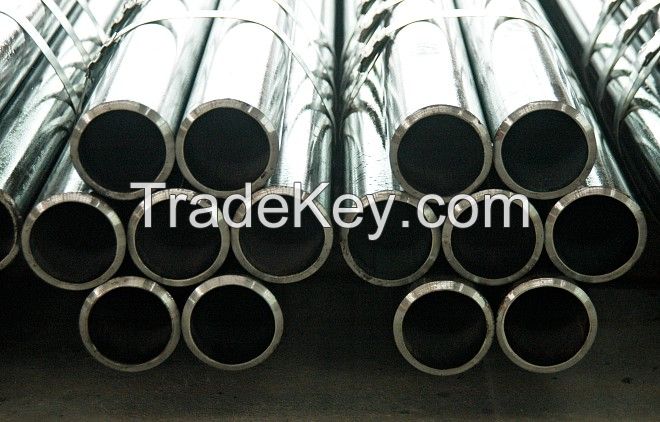





离岸价格
获取最新报价|
100 Kilogram Minimum Order
国家:
India
型号:
-
离岸价格:
位置:
-
最小订单价格:
-
最小订单:
100 Kilogram
包装细节:
-
交货时间:
2 days
供应能力:
-
付款方式:
T/T, L/C, Western Union, Money Gram, PayPal
產品組 :
India
联系人 Mr. Amit
Trishul appt, shop no 3, yashwant nagar, telco road, pimpri, Pune, Maharashtra
The predominant alloying ingredient is typically the transition metal nickel. Other alloying ingredients are added to nickel in each of the subcategories of this trademark designation and include varying percentages of the elements molybdenum, chromium, cobalt, iron, copper, manganese, titanium,zirconium, aluminum, carbon, and tungsten. The primary function of the Hastelloy super alloys is that of effective survival under high-temperature, high-stress service in a moderately to severely corrosive, and/or erosion-prone environment where more common and less expensive iron-based alloys would fail, including the pressure vessels of some nuclear reactors, chemical reactors, distillation equipment, and pipes and valves in chemical industry. Although a super alloy, Hastelloy does experience degradation due to fabricating and handling. Electropolishing or passivation of Hastelloy can improve corrosion resistance.
| 国家: | India |
| 型号: | - |
| 离岸价格: | 获取最新报价 |
| 位置: | - |
| 最小订单价格: | - |
| 最小订单: | 100 Kilogram |
| 包装细节: | - |
| 交货时间: | 2 days |
| 供应能力: | - |
| 付款方式: | T/T, L/C, Western Union, Money Gram, PayPal |
| 產品組 : | Nickel Alloys |